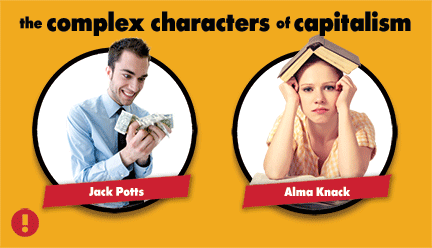You Owe It To Us All
Jul 07, 2015 | Posted by etc

At last. (Wait, did I just plant an ear worm?) Jazz in July has arrived in Iowa. Despite the mosquitoes, I will be at every concert every chance I get. Jazz in July is a month-long outdoor celebration here in Des Moines of one of America’s most exquisite art forms–JAZZ–where local musicians share their talents with our community for free. You cannot beat it with a stick. Well, maybe with a drumstick. Long live outdoor Jazz!
Music defines us. Our musical preferences resonate somewhere deep within our souls. Think about the first time you enjoyed a live concert. Maybe you listened to someone covering your favorite Beatles song, or tapped your foot to some Dave Brubeck, or sat breathless as a classical musician performed a Chopin Etude on a starry night. Think about the venue where this music was played. Think about who came to listen. Think about how people were dressed. Perhaps you were discovering this music for the very first time. Do you remember how pumped you were, and how excited you were to tell your friends about it the next day?
This experience can shed great light on how to build a strong Brand. Marketers and musicians have a lot in common. As with a famous music artist, a well-defined Brand attracts a certain group of people. Strong Brands also attract a certain crowd, display a certain character, and create an atmosphere. When you attend a concert, the presentation is more than just music–it is an experience. The way the music is delivered is almost as important as the music itself. Great brands do the same– they deliver an experience that is more than just product.
You probably have noticed by now that not everyone likes the same kind of music that you do. Music preference is a very personal thing. We often end up gravitating toward the same kind of music we were exposed to when we were kids. It is not required that you like every kind of music. But does it break the heart of a rock and roll artist if a classical music lover does not come to the show? Of course not. Brands are also very subjective. Not everyone is, nor will want to be, your customer. That persons exist who do not like your product is a hallmark of a strong Brand.
If your business were a song, which song would it be? Everyone has a song that only they can sing. It comes from a place deep in your head, heart, and soul. The important thing is to sing it out, loud and clear. When the hair stands up on the back of your neck, and it begins to move you, it will also move others. And you will know you are getting through when other people begin to sing along.
You owe it to us all to belt it out. Without your song, the whole world is an unfinished symphony.
There are things only you can do, and you are alive to do them. In this orchestra we call life, you have an instrument and a song, and you owe it to God to play them both sublimely. ~ Max Lucado
________________________________________________________________
All this month, we will be discussing music, and especially Jazz, as a model for Small Business management and marketing. Stay tuned, (pun fully intended!), for Parts 2-4, as we hone our chops, grow, and become the entrepreneur we were intended to be. Etc Graphics is devoted to helping you, the small business owner, think more like a marketer.















